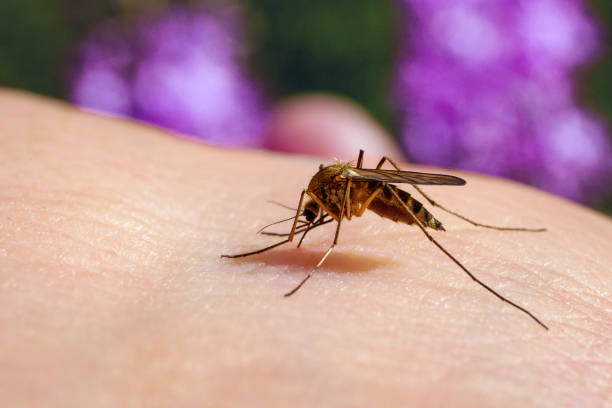UVRI, which started the research project in 2016, says it is in the process of returning the mosquito species from a US laboratory.

As most Ugandans continue to worry about contracting the deadly HIV/AIDS, whose fight has over the time been prioritised by government and civil society organisations, citizens have been reminded that malaria is the leading cause of death in the country.
According to the World Health Organisation (WHO), Uganda has the world’s highest malaria incidence rate of 478 cases per 1,000 population per year.

It is also estimated as the leading cause of sickness and death in Uganda. Malaria is responsible for up to 40 percent of all outpatient visits, 25 percent of hospital admissions and 14 percent of all hospital deaths.
For that effect, researchers from the Uganda Virus Research Institute (UVRI) are working on an initiative through which they planned to reduce the maximization of the female anopheles mosquitoes which spreads malaria.
The UVRI officials say in the research, they are breeding scientific mosquitos which will be let free at a certain time to neutralise the female anopheles mosquitoes.
Dr. Emmanuel Magala however said Ugandans should not get worried that the scientists are making new breeds of mosquitoes which would again turn against them.
“For some time, we have moved around different parts of the country capturing our normal mosquitoes, learning about them and seeing how they behave. They are now in the laboratory in the USA, as the scientists are trying to kill their genes which makes them develop into female mosquitoes” he said.
Dr. Magala added that they are working with different districts including Wakiso, Kalangala, Mukono, Kayunga and others through the entomology departments.

He says that unlike other means of fighting the deadly female anopheles mosquito and the spread of malaria, the production of scientific mosquitoes is cost effective.
“Under normal circumstances, a mosquito after laying eggs, fifty percent of them develop into female mosquitoes which spread malaria. The males which we intend to release after the research will only produce male mosquitoes which are not dangerous as far as spreading malaria is concerned,” he elaborated.
Scientists have proved that one mosquito is able to lay up to 300 eggs at a go and once they mature, the female ones tend to spread malaria. The target is to reduce this occurrence. The research which was projected to last for over 10 years was started in 2016.
In this research also, Dr. Magala says they are going to reduce the fertility of the female anopheles mosquito whereby even when laying eggs, their production will be minimal.
Richard Linga, the UVRI spokesperson says there are 3500 types of mosquitoes worldwide, though Uganda only has 800 of them.
Linga says malaria in Uganda mostly affects the impoverished, children below five years, pregnant women and others with chronic diseases.

According to Dr. Ronald Sserufuusa, the Wakiso district malaria focal person says the district is among the most affected in the country.
“At least out of every ten people who are tested in different health units in the district, six test positive for malaria. And out of the ten people who die, two die out of malaria which totals to 19 percent,” Sserufuusa said.
Wakiso district deputy chairperson, Betina Nantege asked the local leaders to always disseminate this kind of information in order to create awareness amongst their electorate.
